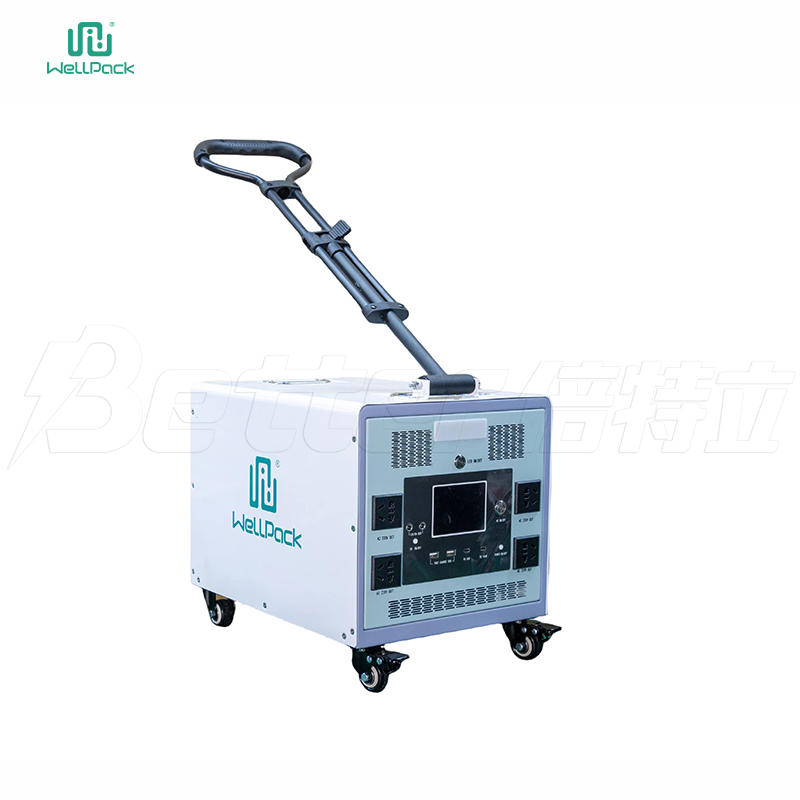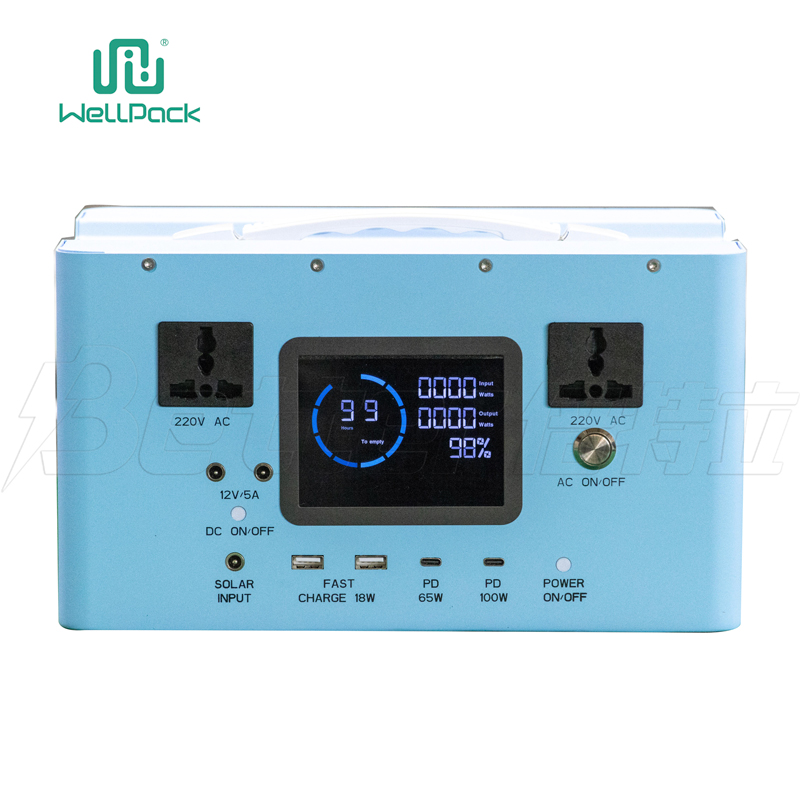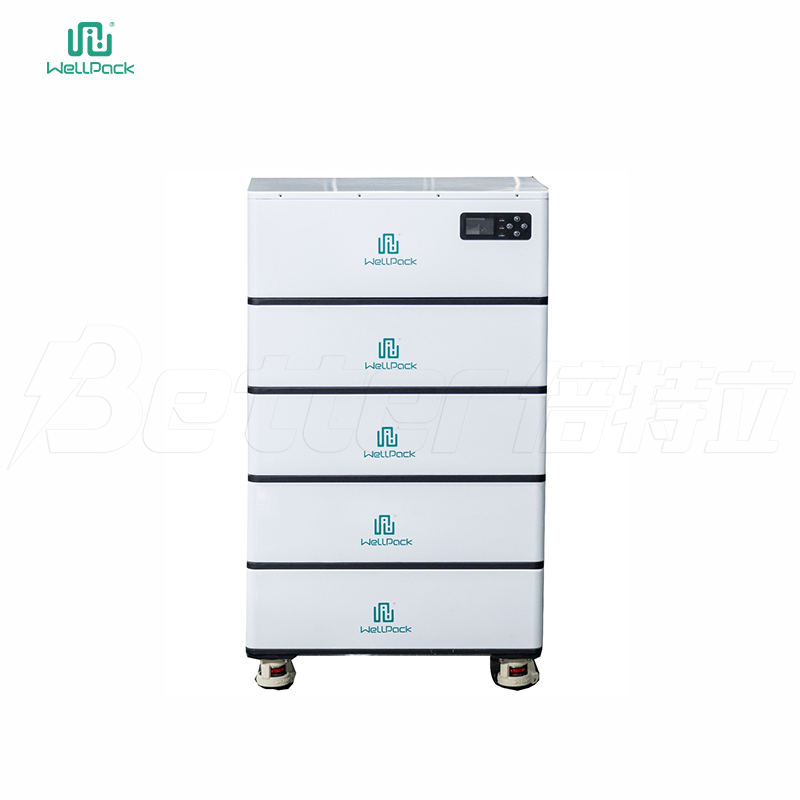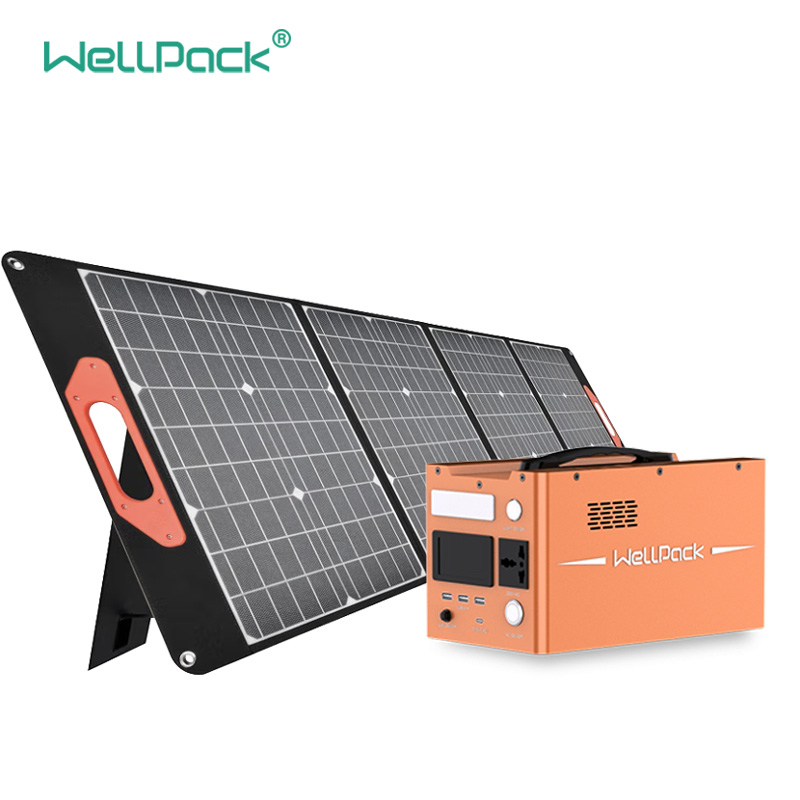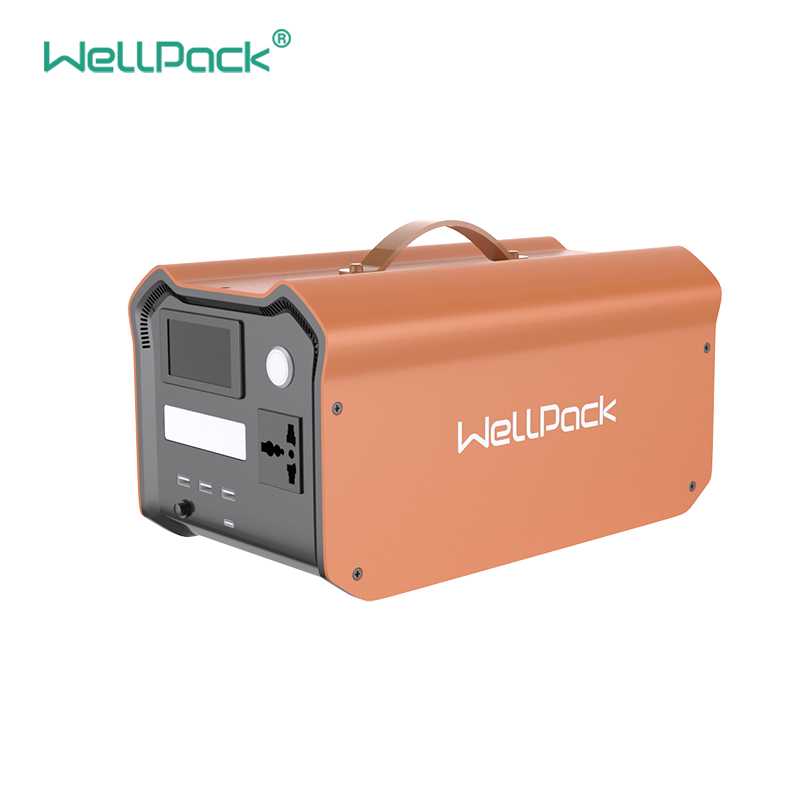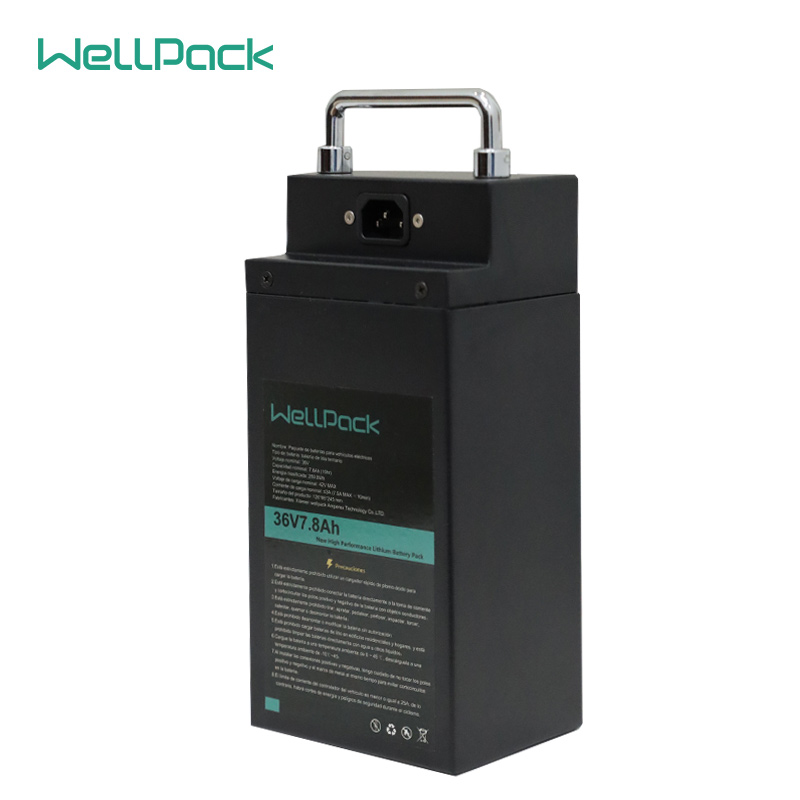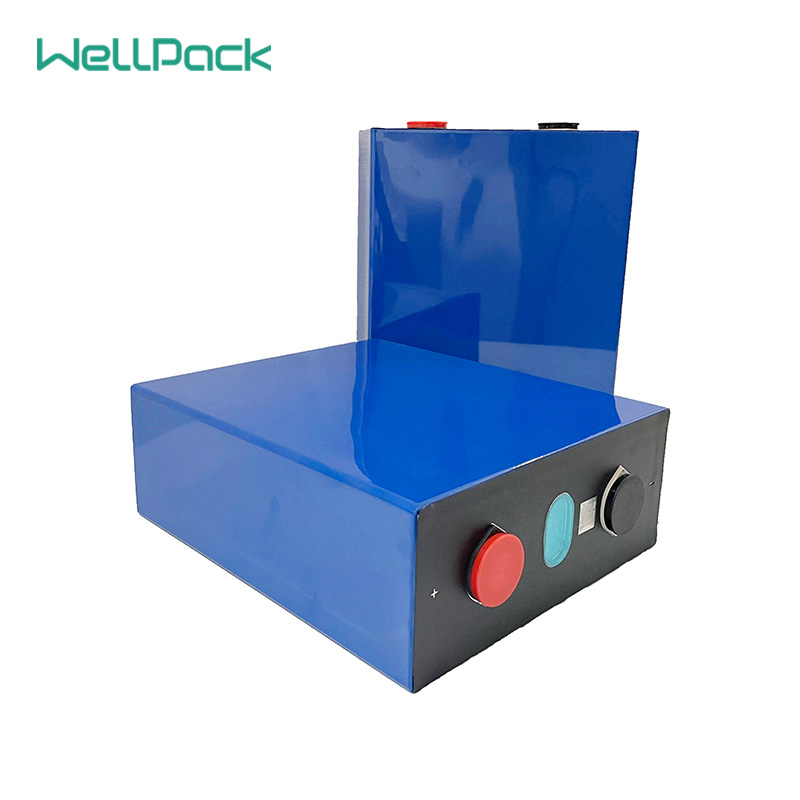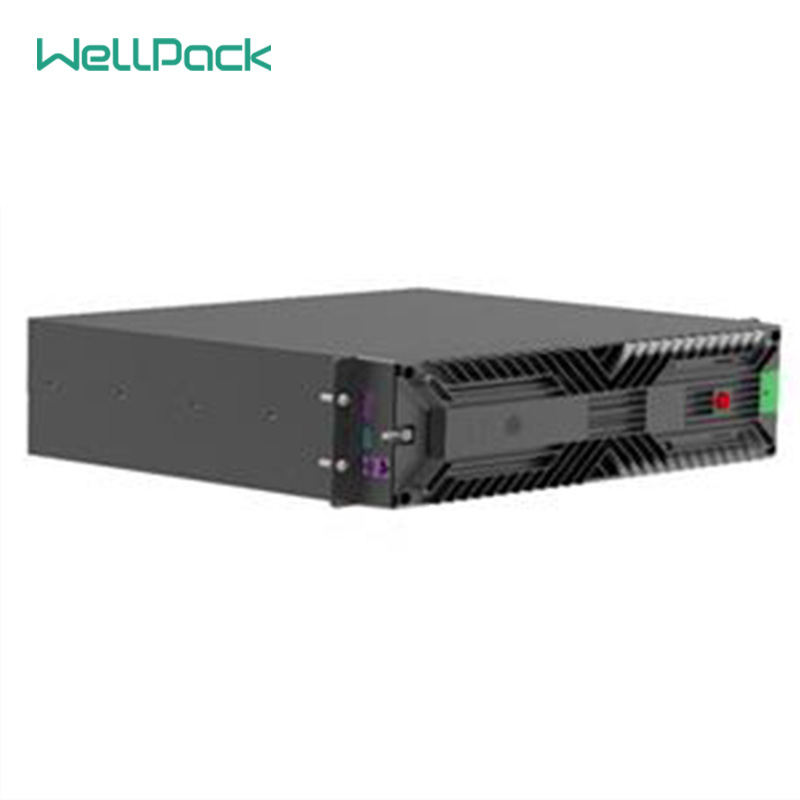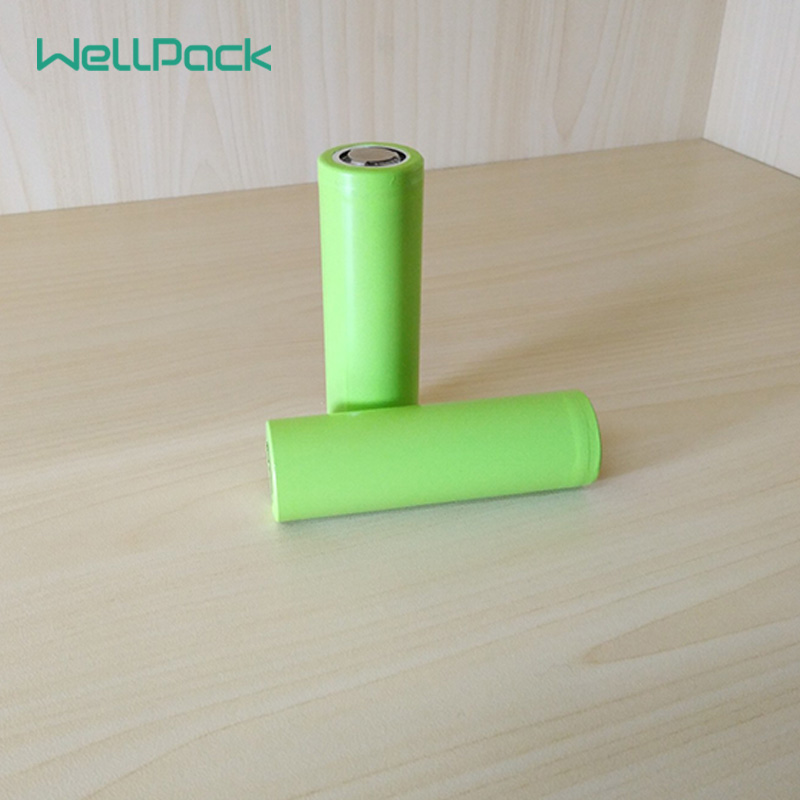Home batteries are devices that store electricity for later use, either from the grid or from renewable sources like solar panels. They can provide backup power during outages, reduce your energy bills, and lower your carbon footprint. However, not all home batteries are created equal. You should compare different types of home batteries based on the following factors:
Cost and Warranty
Cost is the amount of money that you need to pay upfront and over time for a home battery system. It depends on several factors, such as the size, brand, installation, maintenance, and incentives of the system. The average cost of a home battery system ranges from $5,000 to $15,000.
Warranty is the guarantee that the manufacturer or installer provides for the performance and quality of the home battery system. It covers the replacement or repair of defective parts or components for a certain period of time or number of cycles. The average warranty of a home battery system ranges from 5 to 10 years.
When choosing a type of home battery, you should consider both the cost and warranty of each option. You should also look for any rebates, tax credits, or programs that can help you lower the cost or increase the value of your home battery system.
Capacity and Power
Capacity is the amount of energy that a battery can store, measured in kilowatt-hours (kWh). Power is the amount of energy that a battery can deliver at a given time, measured in kilowatts (kW). The higher the capacity and power, the more appliances and devices you can run for longer periods of time.
Different types of home batteries have different capacities and powers. For example, the Tesla Powerwall has a capacity of 13.5 kWh and a power of 7.6 kW, while the Generac PWRcell has a capacity of 9 to 18 kWh and a power of 6.7 to 11 kW. The Panasonic EverVolt has a modular design that allows you to add more batteries to increase the capacity and power.
When choosing a type of home battery, you should consider how much energy you need to power your essential appliances and devices during an outage or peak demand. You should also consider how long you want your backup power to last and how often you expect to use it.
Chemistry and Lifespan
Chemistry is the type of material that a battery uses to store and release electricity. The most common types of home batteries are lithium-ion, lead-acid, and saltwater. Each type has its own advantages and disadvantages.
Lithium-ion batteries are the most popular for home systems. They are lightweight, energy-efficient, and have a long lifespan of about 10 years or more. However, they are also expensive, sensitive to temperature extremes, and may pose fire risks if not properly installed or maintained.
Lead-acid batteries are the oldest and cheapest type of home batteries. They are durable, reliable, and easy to recycle. However, they are also heavy, bulky, and have a short lifespan of about 3 to 5 years. They also require regular maintenance and ventilation to prevent corrosion and gas buildup.
Saltwater batteries are a newer and greener type of home batteries. They use saltwater electrolyte instead of toxic chemicals to store electricity. They are safe, eco-friendly, and have a long lifespan of about 10 to 15 years. However, they are also expensive, low in power, and not widely available.
When choosing a type of home battery, you should consider how much you care about the environmental impact, safety, and maintenance of your system. You should also consider how long you plan to use your system and how often you need to replace it.
Conclusion
Home batteries are a great way to enhance your energy security, savings, and sustainability. However, there are many types of home batteries with different features and benefits. You should compare them based on their cost, warranty, capacity, power, chemistry, and lifespan to find the best one for your needs.

